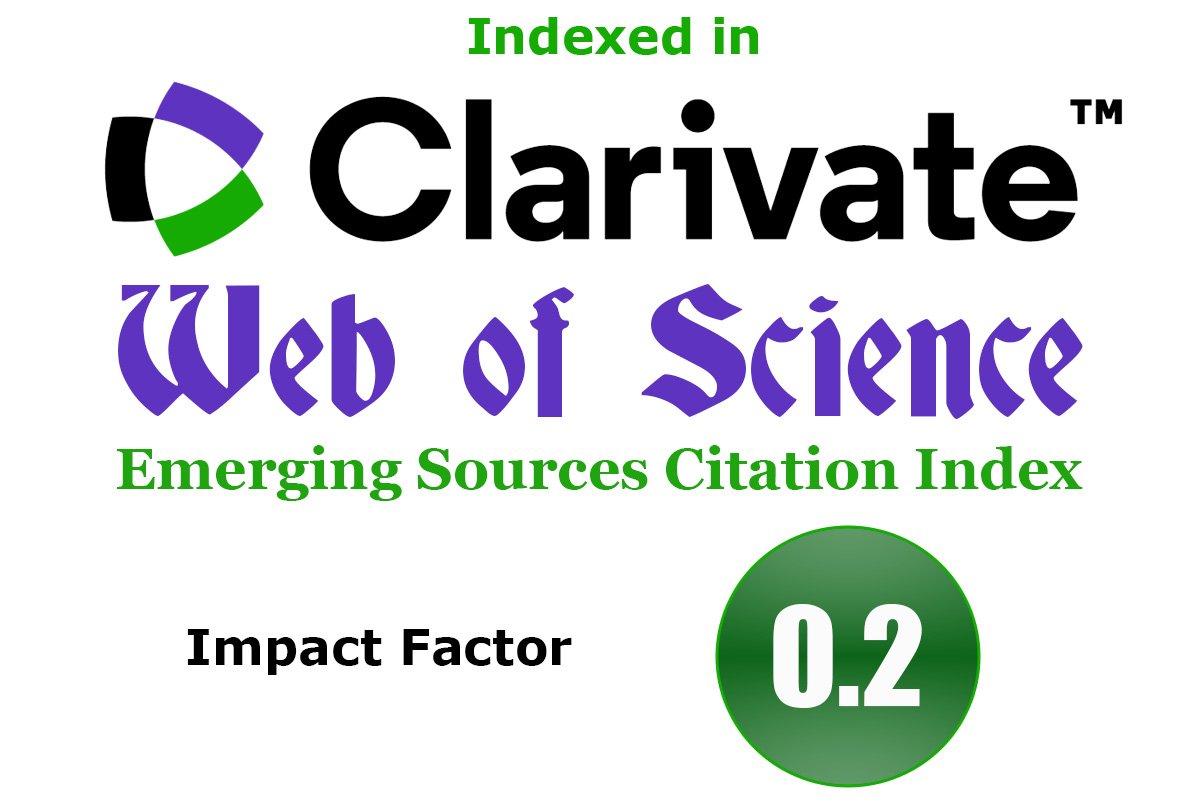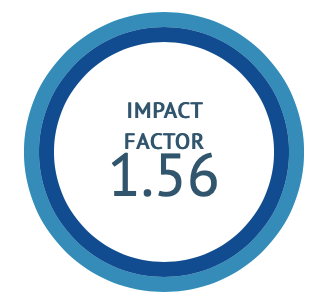Acne Treatment Practices and Patient Preferences for Herbal Products: A Conjoint Analysis
DOI:
https://doi.org/10.47552/ijam.v16iS2.6171Keywords:
Acne, Herbal Products, Conjoint Analysis, Patient Preferences, Acne TreatmentAbstract
This study aims to understand the acne treatment practices and patient preferences, focusing on herbal products and identifying the most and least preferred attributes using conjoint analysis. Five key attributes were evaluated: product form (cream, lotion, gel), expected treatment time (1 week, 2 weeks, 4 weeks), packaging (tube, jar), type of medication (over the counter or prescription), and price (economy, mid-priced, premium). A survey was conducted with 408 respondents using purposive, snowball, and availability sampling methods. Data were analysed using SPSS software through conjoint analysis to determine the cardinal utility of each attribute. Results showed that 50% of respondents used medication for acne, while others relied on home remedies or lifestyle changes. Only 20% reported using herbal products. Among those using acne medication, 46.6% observed noticeable results within one week, and most reported no side effects. While 40% of participants were satisfied with their current treatments, 34.3% expressed dissatisfaction. About 34% of patients preferred herbal acne treatments, showing a liking for products that are applied once daily, white in colour, fragrant, and dispensed in fingertip quantity. The most significant attribute influencing patient preference was treatment time, followed by product form, price, packaging, and medication type. Patients preferred herbal gels that are over the counter, low cost, packaged in jars, and deliver results within a week. These findings provide valuable insights into consumer expectations and can aid in the development of effective, patient friendly herbal acne treatments that align with real world preferences.
Downloads
Published
How to Cite
Issue
Section
License
Copyright (c) 2025 International Journal of Ayurvedic Medicine

This work is licensed under a Creative Commons Attribution-NonCommercial-ShareAlike 4.0 International License.
The author hereby transfers, assigns, or conveys all copyright ownership to the International Journal of Ayurvedic Medicine (IJAM). By this transfer, the article becomes the property of the IJAM and may not be published elsewhere without written permission from the IJAM.
This transfer of copyright also implies transfer of rights for printed, electronic, microfilm, and facsimile publication. No royalty or other monetary compensation will be received for transferring the copyright of the article to the IJAM.
The IJAM, in turn, grants each author the right to republish the article in any book for which he or she is the author or editor, without paying royalties to the IJAM, subject to the express conditions that (a) the author notify IJAM in advance in writing of this republication and (b) a credit line attributes the original publication to IJAM.





